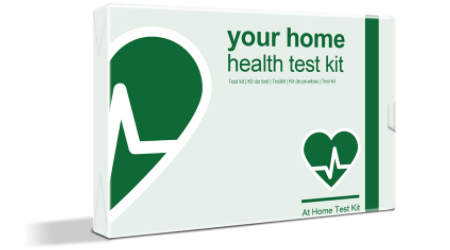Food allergies are often more common than most people assume. This is because they can spring up at any age, and they can often cause symptoms that often get misplaced or ignored completely. Children, in particular, often have allergies that will come and go with age. One example is a milk allergy. If you suspect that you or a child may be dealing with this, a milk allergy test is the best way to determine it for sure one way or the other.
Ways to perform a milk allergy test
There are two main ways that you can look at a milk allergy test. The method that you choose could be doctor recommended, or based on the patient’s personal preferences. Both of these will help clarify what is going on within the patient’s body and then use that information to move forward.
• Skin prick test: This kind of test involves a series of pricks on the arm or the back, and inside each of these pricks, an allergen is deposited. One of those allergens will be for milk products, and if there is an allergen present, the skin will swell up and form a welt. This is helpful to not only determining a milk allergy but also to help discover any other underlying allergen that you may not be aware of.
• Blood sample test: If you’re looking for another method, a milk allergy test can also be done by drawing blood either in a vial or from the fingertips (via pricks), and it can be tested in a lab against a wide variety of allergens. If you have particularly sensitive skin or are on medications that may impact a skin prick test’s accuracy, this is a great idea.
Details to keep in mind
Regardless of what allergy test you decide on, there are a few more details that you’ll want to keep in mind to make sure that you’re getting a full picture of your health before as well as after the test is conducted.
• Log food and symptoms: Keep a food log of what you’re eating and its ingredients as well as any symptoms that you may be experiencing and their frequency. This will be helpful for ruling out other foods as well as simply keeping track of how symptoms change over time (such as doing an elimination diet).
• Have a physical exam done: A physical exam is always a good idea as it may help you to see any other reasons that you are experiencing mystery symptoms. Even if nothing shows up in the physical exam, it’s still good to know what’s happening in your body.
A milk allergy test can give you concrete answers, just like any other allergy test that you consider. While the test itself varies between a few options, the results it can give you are going to be focused on the same accuracy that will help you understand how your body reacts to milk, and whether or not you have a milk allergy.

